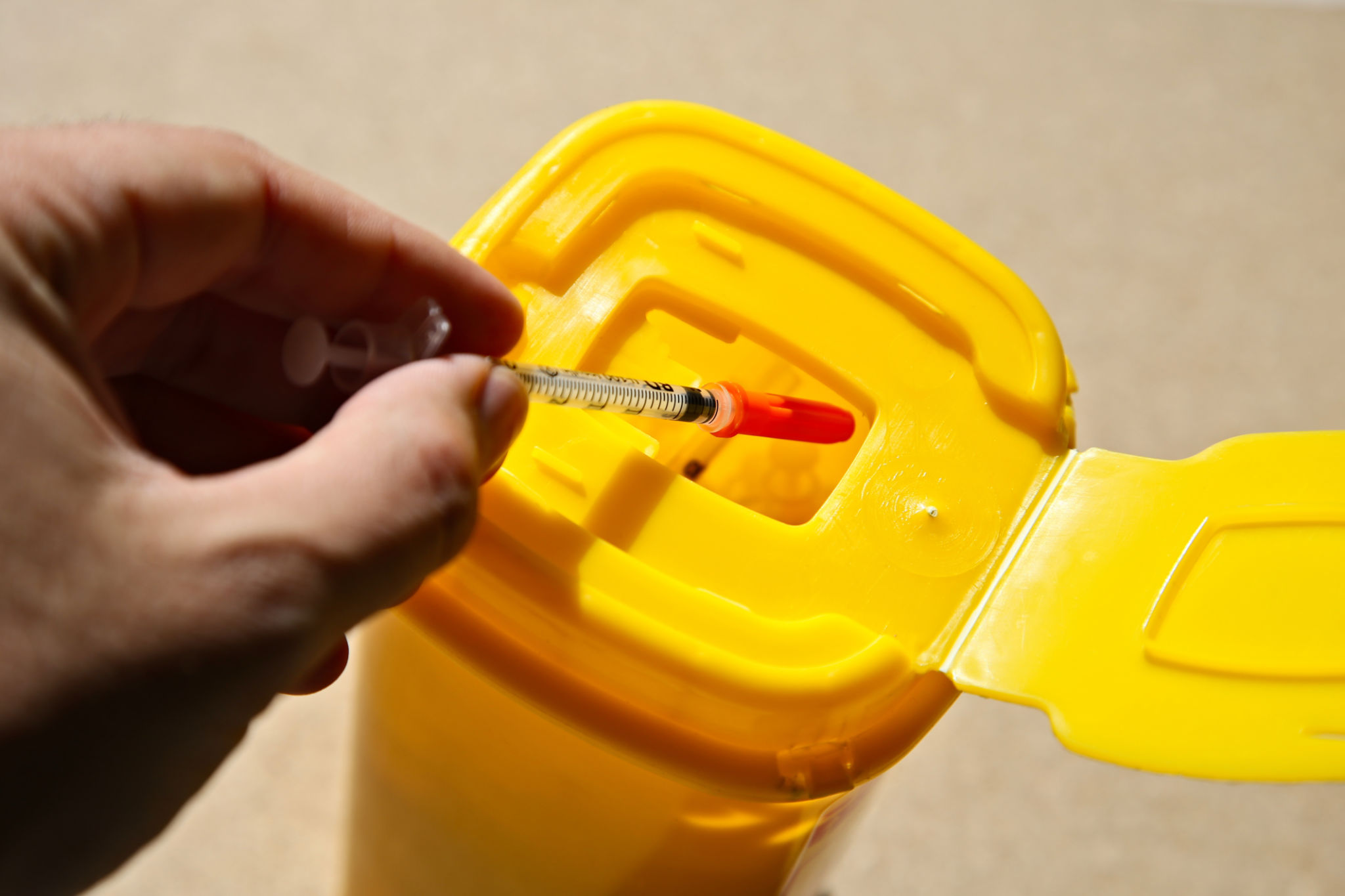Understanding the Process of Hazardous Material Removal: A Step-by-Step Guide
Introduction to Hazardous Material Removal
Hazardous materials are substances that pose significant risks to health, safety, or the environment. Properly removing these materials is crucial to ensure safety and compliance with regulations. Understanding the process of hazardous material removal can help you manage risks effectively and maintain a safe environment.

Identifying Hazardous Materials
The first step in the removal process is identifying the hazardous materials present. This involves conducting a thorough assessment of the area to pinpoint substances that require special handling. Common hazardous materials include asbestos, lead, and certain chemicals. It is essential to have trained professionals conduct these assessments to ensure accuracy and safety.
Conducting a Risk Assessment
Once hazardous materials are identified, a risk assessment is necessary to determine the potential dangers they pose. This assessment helps prioritize removal efforts and establishes the necessary precautions to protect workers and the surrounding environment. The assessment typically includes evaluating exposure levels, potential health effects, and the likelihood of release or contamination.
Developing a Removal Plan
After identifying hazardous materials and conducting a risk assessment, the next step is to develop a comprehensive removal plan. This plan outlines the procedures, equipment, and personnel required to safely remove the materials. It also includes strategies for minimizing exposure risks and ensuring the safety of workers and the public.

Choosing the Right Equipment
Using appropriate equipment is crucial for the safe removal of hazardous materials. Personal protective equipment (PPE) such as gloves, masks, and protective clothing are essential to protect workers from exposure. Additionally, specialized tools and machinery may be required to handle specific substances safely.
Executing the Removal Process
With a solid plan in place, the actual removal process can begin. This involves carefully following established procedures to ensure safety and compliance with regulations. During this phase, continuous monitoring is essential to detect any unexpected releases or exposure incidents promptly.
Ensuring Proper Disposal
Once hazardous materials are removed, proper disposal is critical to prevent environmental contamination. Disposal methods vary depending on the type of material and local regulations. It is important to work with licensed waste management professionals to ensure compliance with all legal requirements.

Post-Removal Verification
After the removal process is complete, verification is necessary to confirm that all hazardous materials have been effectively eliminated. This typically involves testing the area for residual contamination and ensuring that air quality meets safety standards. Verification ensures that the environment is safe for reoccupation or further use.
Maintaining Safety Protocols
Even after successful removal, maintaining safety protocols is essential to prevent future hazards. Regular inspections, employee training, and strict adherence to safety guidelines help create a safe environment and reduce the risk of exposure.
Conclusion
Understanding the process of hazardous material removal is vital for safeguarding health and protecting the environment. By following a systematic approach that includes identification, risk assessment, planning, execution, disposal, and verification, you can effectively manage hazardous materials and ensure compliance with safety regulations.
